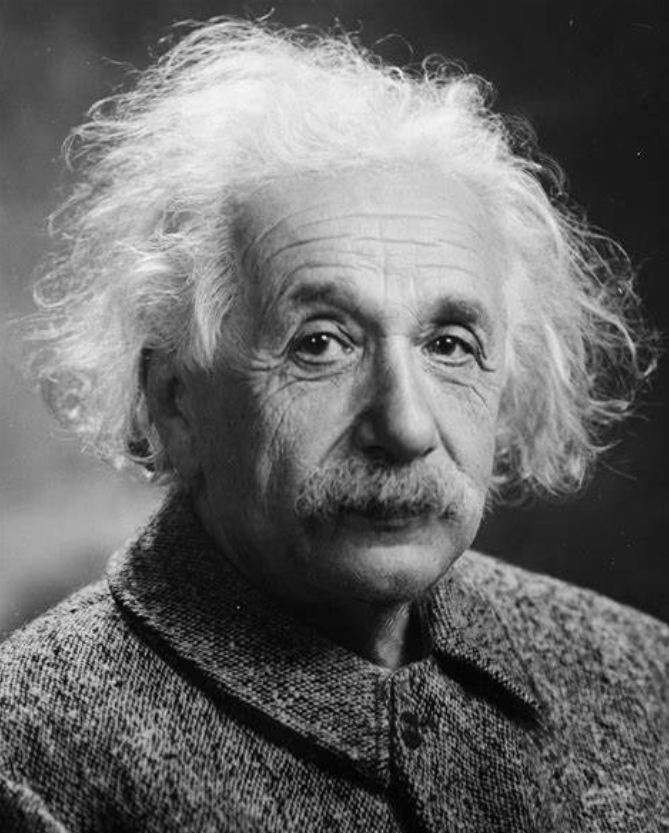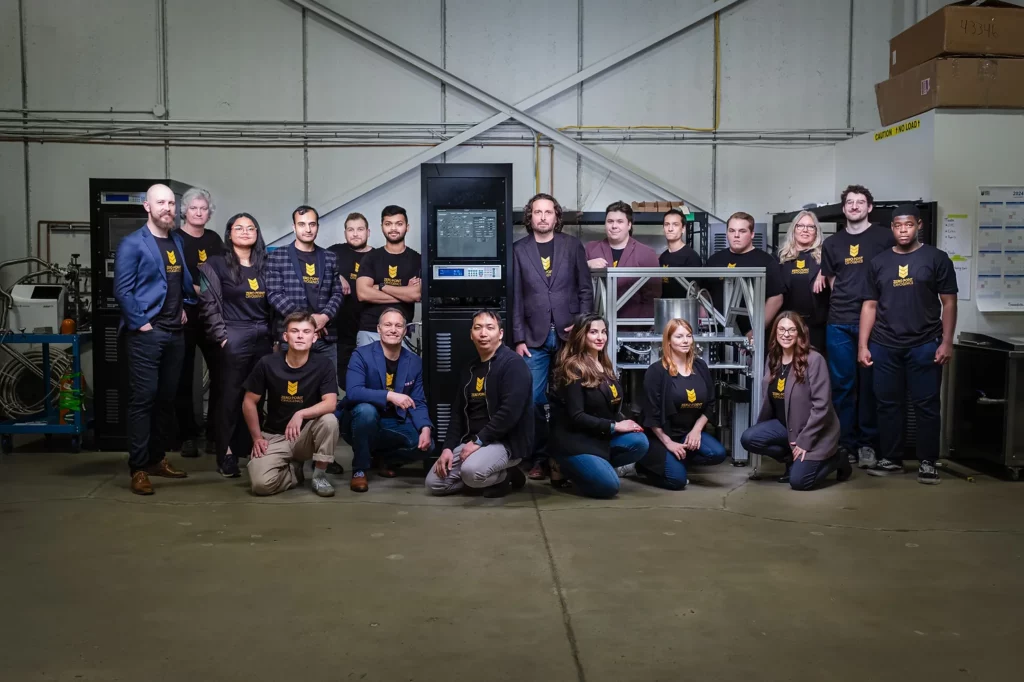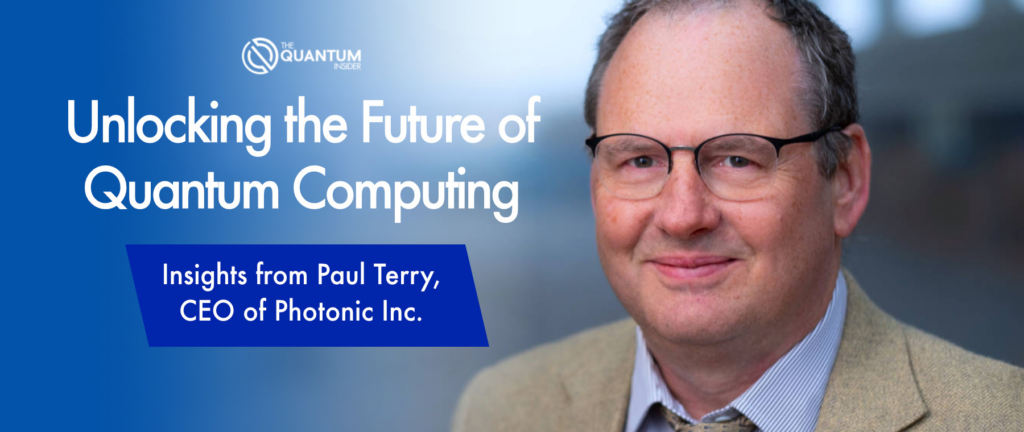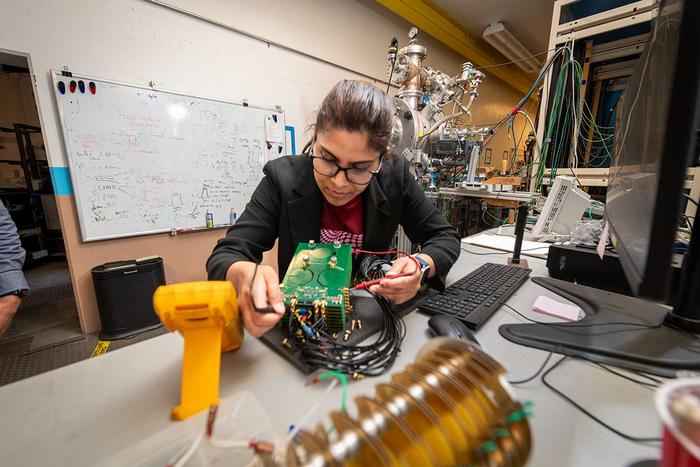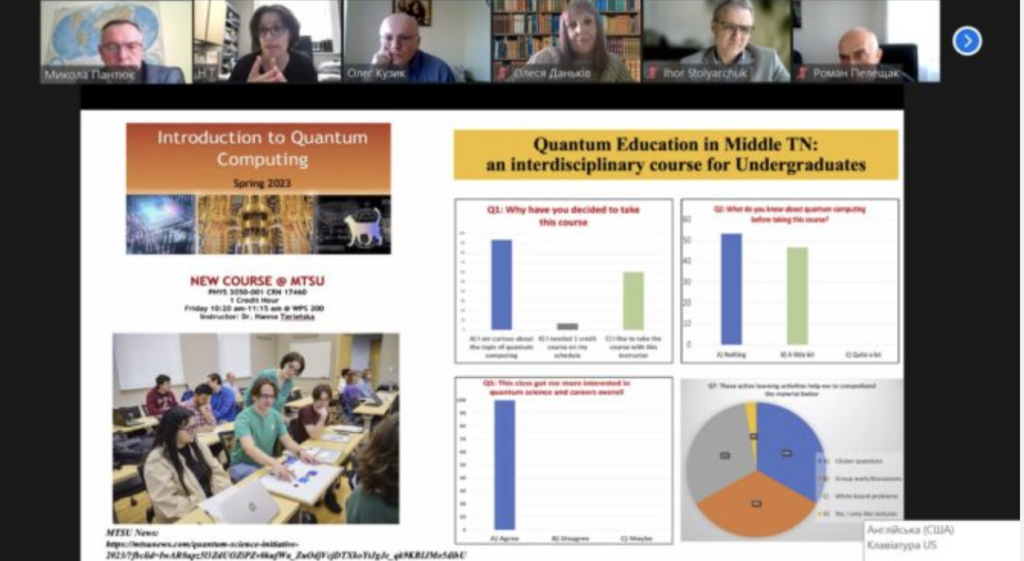For centuries, physics operated under the assumption that the universe obeyed local, rational laws governed by classical mechanics. Then quantum theory emerged in the early 20th century, upending our understanding of reality at microscopic scales.
“Quantum mechanics is really the most profound disruption to our understanding of the physical universe that our species has ever encountered,” said Elise Crull, a philosopher of physics at CUNY, at a recent interview at the World Science Festival.
One of the most mindboggling aspects of quantum theory is the phenomenon of entanglement, where two particles can exhibit synchronized properties regardless of the distance between them.
As Crull explained: “Entanglement is a property of space and time. These separate measurements correlate to a higher degree than we can explain classically.”
Einstein famously derided this “spooky action at a distance” as implying a troubling kind of instantaneous communication between the particles. Yet experiments have repeatedly confirmed that entanglement is very real, enabling potentially revolutionary technologies like quantum computing and cryptography that leverage these quantum correlations.

The implications get even weirder when considering entanglement across not just space, but time itself.
Crull described a 2012 experiment where “particles that never lived at the same time nevertheless knew what values they should manifest such that they would violate classical statistical correlations.” In other words, particles exhibited entanglement-like correlations despite never coexisting!
“Entanglement really forces our entire departure from classical lines of thought,” said Crull. “We just can’t think that how we define systems, there can be properties attached to those systems that don’t obey the usual stories.”
So not only does quantum theory defy our intuitions about the behavior of particles, it may undermine our basic notions about the nature of space and time.
Crull suggested the possibility that spacetime itself could be quantized and entangled.
“If spacetime can be curved so it can have properties, then surely it can have, if it’s quantized, the quantum property namely entanglement,” she said.
The upshot is that the fabric of reality may be composed of fundamentally interconnected, non-local pieces in defiance of our everyday experience.
As physicists push quantum mechanics to its limits through avenues like quantum computing research, Crull believes “it’s an exciting time because we’re seeing exactly the limitations of models we’ve been working with for nearly a century now.”
Breakthroughs like demonstrating temporal entanglement offer tantalizing hints that an even deeper, stranger theory of reality awaits discovery beyond quantum mechanics.
“We’re talking about theories of quantum gravity and theories of quantum fields that aren’t every piece empirically testable,” Crull noted, underscoring how experiments and philosophical analysis must advance hand-in-hand to unravel the true quantum nature of spacetime.
Featured image: Credit: Wikipedia


